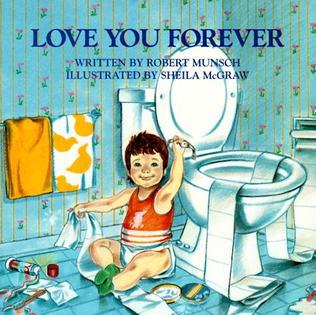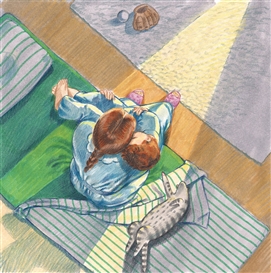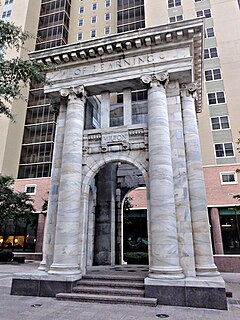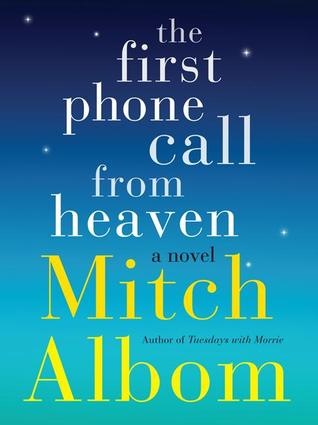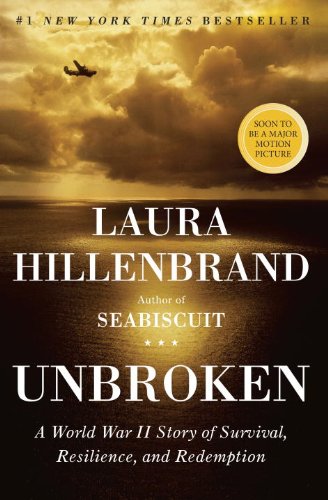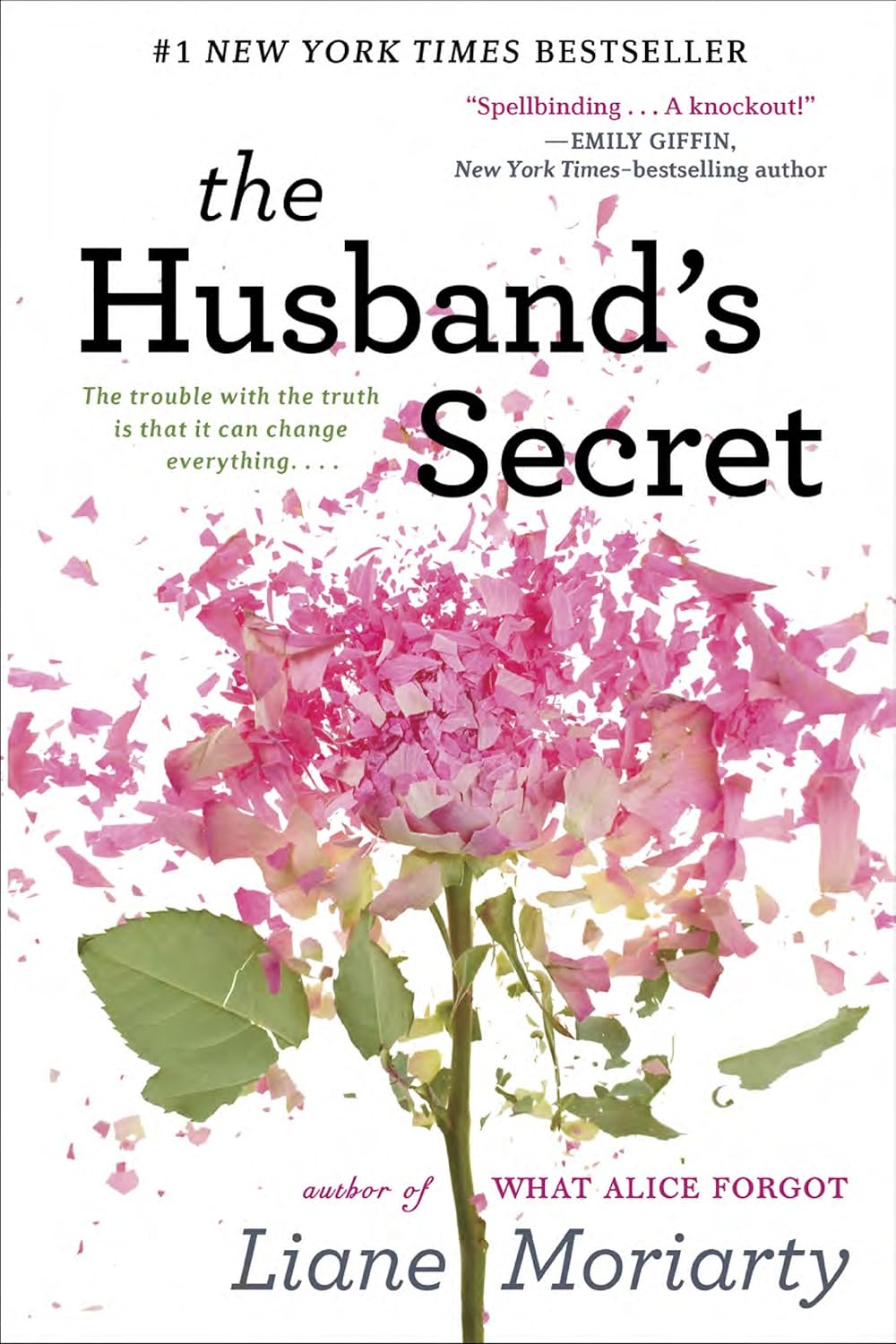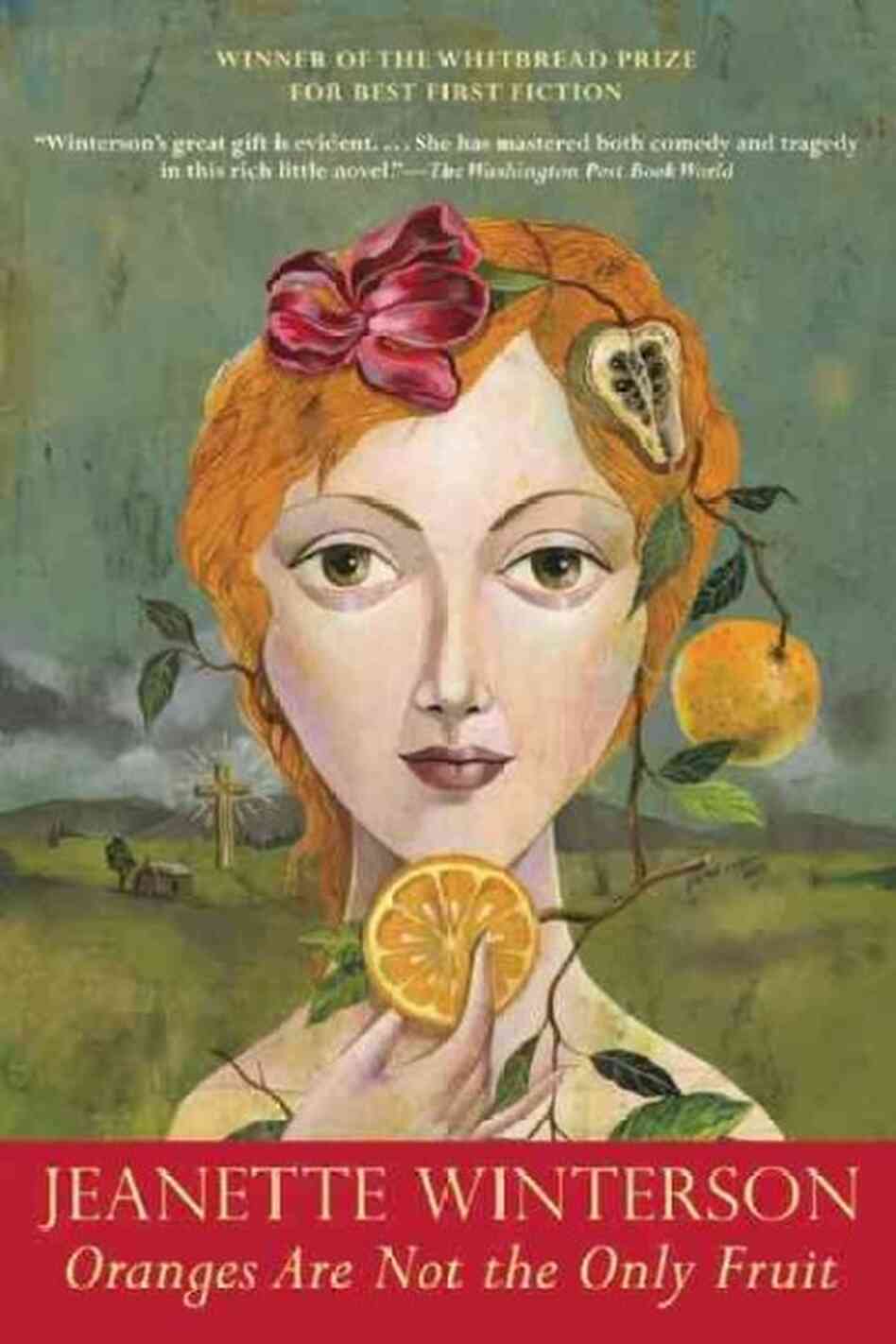
Winner of the Whitbread Prize for best first fiction, Oranges Are Not the Only Fruit is a coming-out novel from Winterson, the acclaimed author of The Passion and Sexing the Cherry. The narrator, Jeanette, cuts her teeth on the knowledge that she is one of God’s elect, but as this budding evangelical comes of age, and comes to terms with her preference for her own sex, the peculiar balance of her God-fearing household crumbles.
My take: 4 looks
Honestly, I am not sure what I think of this book. There is a lot going on. I will just start a stream-of-consciousness review...
This is a book about a Christian extremist mother, who emotionally dominates her husband, micromanages her adopted daughter and fawns over her pastor.
She is a real nut, and I have met her before. She is every fundamental-evangelical-puritan-type who abhors sin and is curiously drawn to and manipulated by it without being aware of its hold on her. She wants to support missionaries, but won't show common decency and love to her neighbors, singing hymns at the top of her lungs while they are "fornicating", in order to irritate them. She is all about church work, to the exclusion of her duties as a wife, mother, friend, etc. God is her excuse for almost everything.
On the other side of the coin, this book is about Jeanette, her adopted daughter. So entrenched is she in her mother's religious fervor that she alienates herself from classmates at the public school, which she is ordered by the court to attend. Her class projects all have religious subjects, and not always positive or loving references. This is a religion that thrives on fear.
However, something is happening to Jeanette...something that will forever mark her as full of demons and sinful.
It's no secret that this is a coming-of-age and coming-out novel about a young lesbian girl in a rigidly Christian household, and I have read that it is semi-autobiographical. To me, though, there is just too much going on. Coming out gay is tough enough, but couple that with a fanatical mother and it's almost too much to bear. I was not as much pulling for Jeanette as I was pulling for her mother's demise. I despised that woman.
Don't think this is a book about a gay woman. It's not. While her lesbian experiences were not closely examined, they were on the periphery, as well as interesting characters who helped Jeanette along the way. It's the relationship with her mother and her relationship with her faith that took center stage, and made for an intriguing story. The book is beautifully written, with wit and wisdom, expertly weaving Jeanette's magical alter-ego in and out of the prose. It is about being entrenched in a dogma and slowly finding out that there are other views and perspectives that deserve attention. It is about being crafted into one person and slowing breaking out of that shell to be who you truly are. It is about eating oranges all your life, and awaking your taste buds as you finally try other fruit.
Recommended.

